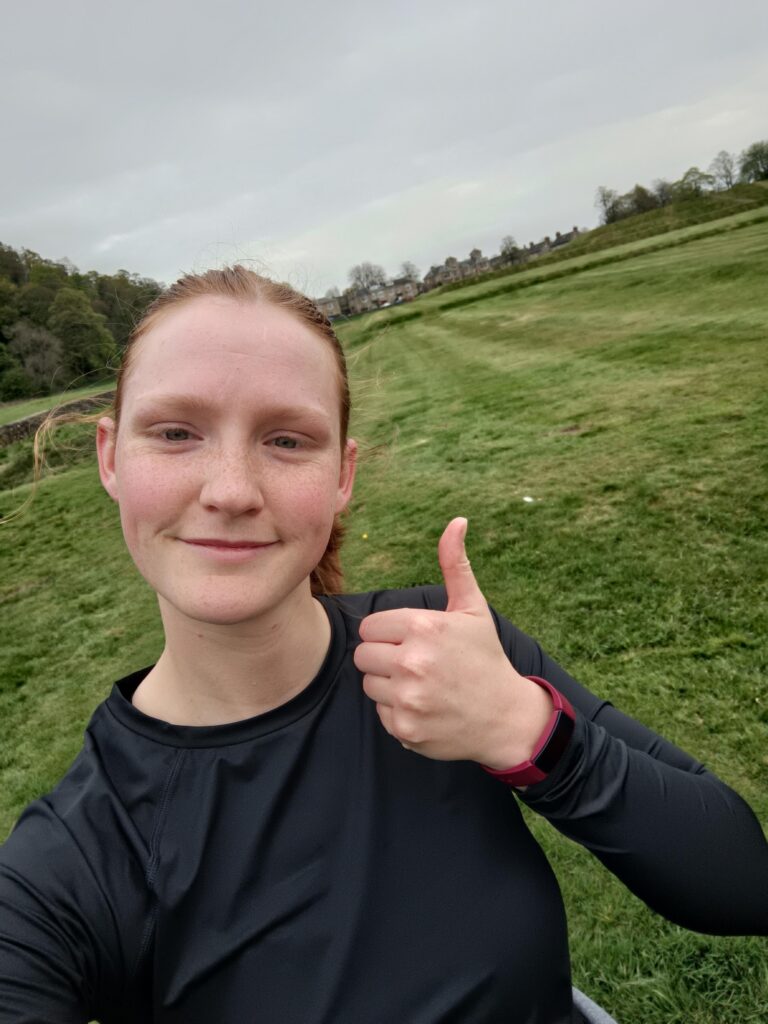Adult social care focuses on all aspects of care and support, including the mental health needs of those it serves. IMPACT ran a Network on choice and control for those with mental health conditions and/or learning disabilities and next year we will also begin a Facilitator project related to mental health hospitals.
Just like physical health, our mental health can be effected by multiple factors and it’s important to monitor our mental health where we can. This is why Mental Health Awareness Week is so important – it provides a chance to remind us to check in.
We’re exploring techniques that can be used by anyone looking for ways to become more in touch with their mental health. Our Facilitator, Esme, has a Masters Degree in Neuroscience and Mental Health, and based on her experience, she has put together the following tips and techniques for you to try:
Grounding Techniques
Grounding is a technique used to reattach yourself to your body and your surroundings. It’s really a mindfulness technique, and the lucky ones among us will do this without even realising it in our everyday lives. I find this can really help when we feel stressed and anxious or feel down because of negative life events – especially when it’s used in combination with other things like deep breathing or exercise.
Grounding is something that can be done in lots of ways, but most importantly, you can make it your own. And once you have a way that works for you, nobody can take that away from you.
5,4,3,2,1 Technique
For people who aren’t used to mindfulness or grounding techniques, a good introduction is the 5,4,3,2,1 technique.
Identify 5 things you can see, 4 things you can hear, 3 things you can touch, 2 things you can smell, and one thing you can taste in your surroundings and in yourself.
If you value one sense highly (for me, I have a good sense of smell) you can hone in on that one and do 5 things you can smell instead. It’s also good to pick out features of things as you mentally (or verbally) name them. A good way to do this if you’re having a stressful day is to find somewhere you’re comfortable sitting in and being in for a little while – for me that’s in a forest or a natural surrounding, so I’ll take you through what I do in these places.
Examples of the technique in practice
- 5 things I can see: the beautiful green leaves of the trees. The rough texture of the bark. The soft leaf litter. A small blackbird foraging nearby.
- 4 things I can hear: the song of that blackbird (can I hear other birdsong? What birds are they?) The gentle crunch of the soft leaf litter. My breathing (perhaps a little extra deep breath to calm down). The sound of the breeze through the trees.
- 3 things I can touch: the rough bark of the trees. The soft moss on the fallen ones. The clothes I’m wearing.
- 2 things I can smell (or more, for me): the smell of new growth on the trees (it’s a sweet smell). The smell of the earth. Decomposing leaves (like fresh compost).
- 1 thing I can taste: my coffee from earlier. A snack I brought with me (I always bring snacks everywhere).
Grounding can be used everywhere, and in a way that you like it best.
- Does the taste of a good doughnut make you happy? You can pick out aspects of that as grounding.
- Does the sound of sheep and cows make you happy? You can ground beside a field.
- Does the feeling of a soft scarf make you happy? You can use that as an anchor for grounding.
Body Hacks (to help with mental health)
- Cold showers: These are a bit like a reset – they force you to focus on the sensation you’re currently undergoing and they’re great for immunity and mood-boosting. Also can do loch/sea swims for this!
- Ice on wrists: This is a technique used for people struggling with things like self harm; it’s a way to distract from the urge and provide a similar enough sensation to divert those feelings.
- Diaphragmatic breathing: hand on the tummy/diaphragm area, breathing in deeply to feel your tummy moving as you breathe. The aim is to not breathe just out of your shoulders or ‘the top of your lungs’, and to use the full range of your lungs – try 10 of these breaths in a row. Good to do before bed, it might make you yawn!
- Box breathing: There are animations to help with this – helps time your breaths to relax you slightly.
- Natural vagus nerve stimulation: part of the ‘calming’ nervous circuit in our body, the vagus nerve is stimulated by things like talking (which is why talking therapy is good!), singing (so singing at the top of your lungs can be great for stress) and eating (tasty foods = grounding and vagal stimulation). Modern therapies are trialling electronic stimulation of the vagus nerve for depression, but there are natural ways to stimulate it like the ones listed above which can be helpful. Also stimulated by deep breathing, and can ‘hum’ on the breaths out for extra help (like the ‘om’ in meditation!).
Other tips to support your mental health
Walking can also be great for your health, as space away from screens and distractions can allow the mind the opportunity to breathe.
This month, Team IMPACT are experiencing the mental benefits of walking as they challenge themselves to walk, run, swim and cycle 1200km before the 26th May – all in honour of Guide Dogs. You can donate to this cause by visiting our JustGiving link.





For more tips on mental health visit mind.org.uk
